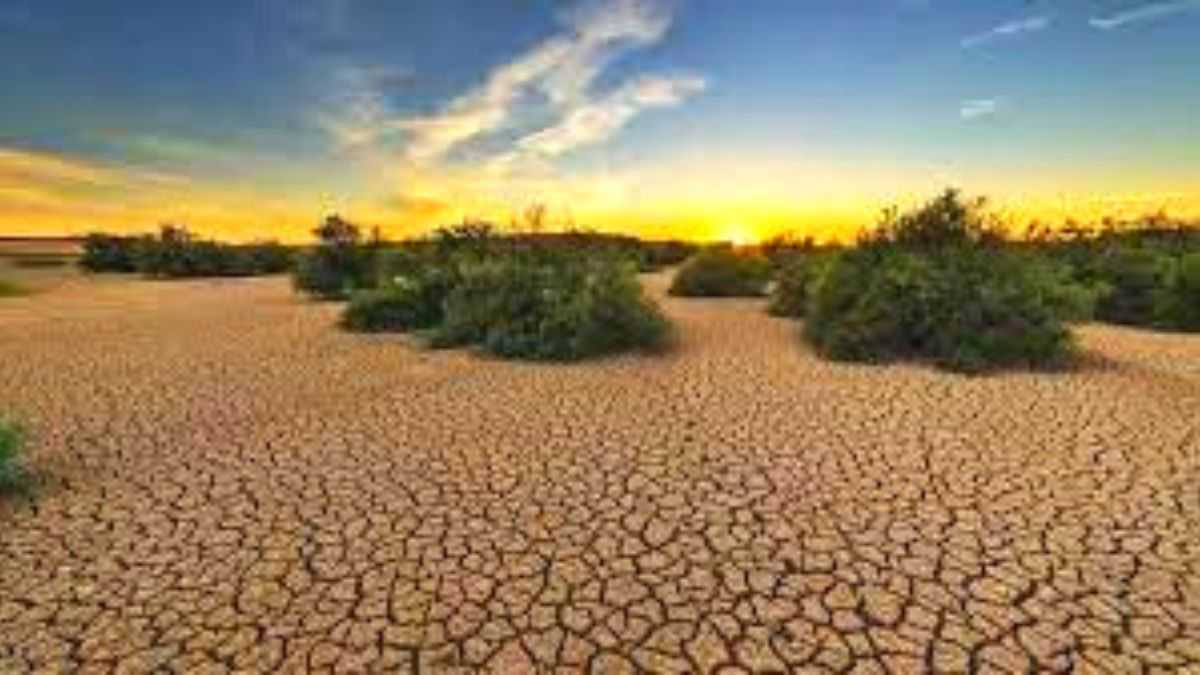
2022 sees some inevitable, drastic and strange changes in the water cycle. This is the third La Niña year to bring heavy rains to Southeast Asia and Australia, while other areas of the Pacific experience severe dryness.
Although these patterns were indeed predicted, one may wonder about the reasons behind these strange and drastic changes. Well, perhaps these situations are not simply coincidences, these are warning signs in nature.
Let’s see what happened in 2022 to the water cycle
A third consecutive La Niña year impacted weather conditions globally in 2022. Seeing three consecutive La Niña years is quite unusual.
What is La Niña?
La Niña is an ocean phenomenon in which sea surface temperatures are unusually cooler in the eastern and central tropical Pacific and warmer than normal in the western Pacific.
La Niña helps strengthen the eastern trade winds leading to rain in southeastern Australia and Asia.
In 2022, La Niña joined hands with the warm waters of the Indian Ocean and brought floods from Iran to New Zealand. This is truly a widespread flood.
Pakistan experienced the most devastating floods. About 8 million people were forced to leave their homes due to massive floods on the Indus River. Australia also bears the brunt of these natural disasters due to numerous floods occurring throughout the year. Floods are not limited to the east, but many parts of Western Australia, such as Kimberly, also face severe devastation.
While some flood-affected areas are facing devastating floods, La Niña is causing drought in other areas. That’s right, the other side of the Pacific has experienced a severe drought. Central South America and the Western United States experienced a multi-year drought. Lakes in these areas have experienced historic lows.
Drought devastated crops and caused devastating conditions in the Horn of Africa.
What is an “immune marker”? Does it make the bivalent enhancer less effective?
Worrying trends in rain
Areas from India to Northern Australia considered monsoon regions are becoming wetter. Additionally, Africa and some parts of the Americas are getting drier. Such areas also include the Western United States. 2022 is actually the 23rd year of drought in the American West. If total rainfall records are analyzed on a monthly basis, the records appear to remain intact. However, short-term rainfall is increasing in many areas. Intense rains have alerted communities across the planet in 2022. Communities from Nigeria, Afghanistan, Brazil, South Africa, Pakistan and India are on alert for these shocking trends.
Heavy rains leading to flash floods and landslides caused thousands of deaths, many others had to leave their homes and start life from scratch in a relatively safer space with minimal living facilities. minimal. After analyzing the situation, an obvious question arises!
If such floodplains are prone to flooding, why do people choose to settle in such areas?
Leaving all other reasons aside, the main reason why people are increasingly choosing to settle in such flood-prone areas lies in the growing population concerns.
Yes, daily population growth is forcing people to reside in flood plains and on unstable and landslide-prone slopes. Growing populations, huge settlements in disaster-prone areas, and changing trends in downpours – all are contributing factors to economic disasters. king for humanity.
What is the Hindenburg Study and what did it report about the Adani Group?
Categories: Optical Illusion
Source: pagasa.edu.vn